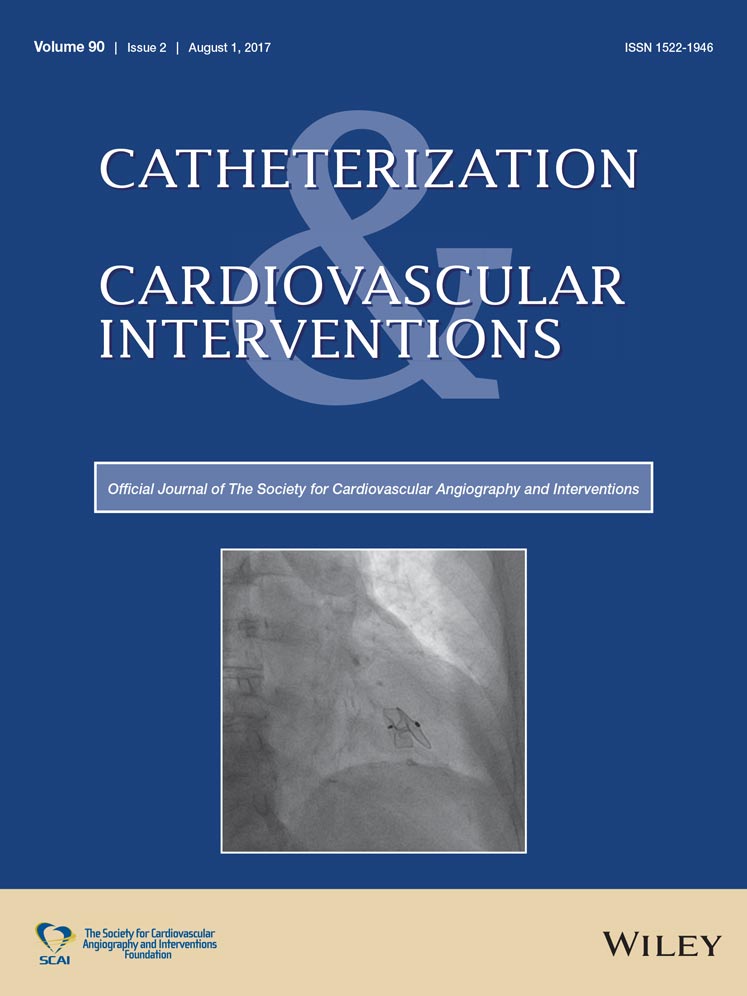Primary percutaneous coronary intervention of native chronic total occlusions to treat ST elevation myocardial infarction secondary to acute vein graft occlusion
Abstract
Primary percutaneous coronary intervention (PCI) is the treatment modality of choice in patients presenting with ST elevation myocardial infarction (STEMI). Clinical outcomes have dramatically improved with the wide adoption of primary PCI in patients with STEMI because of acute thrombotic native coronary artery occlusion. However, patients with prior coronary artery bypass graft (CABG) surgery who present with STEMI because of acute saphenous vein graft (SVG) occlusion continue to have worse outcomes because of poor acute and long-term results of SVG stenting. Therefore, it may be preferable to treat the native coronary artery supplied by the occluded graft although this can be challenging if the native vessel is a chronic total occlusion (CTO). Recent advances in technology and techniques in CTO PCI have significantly improved the success rate and efficiency of CTO procedures. At our institution we have developed a high volume CTO programme with high success rates. We present three cases of acute inferior STEMI because of SVG occlusion which were treated with successful retrograde PCI of the native vessel CTO, utilising the occluded graft as a retrograde channel in two cases and native septal collaterals in the other. Thrombolysis In Myocardial Infarction (TIMI) 3 flow in the native coronary artery was achieved in all three cases with good acute outcomes. Our case series highlights the benefits of a high volume CTO programme. With recent advances in CTO techniques, acute PCI to native vessel CTO is feasible and may be the treatment of choice in selected cases of acute SVG failure. © 2017 Wiley Periodicals, Inc.




